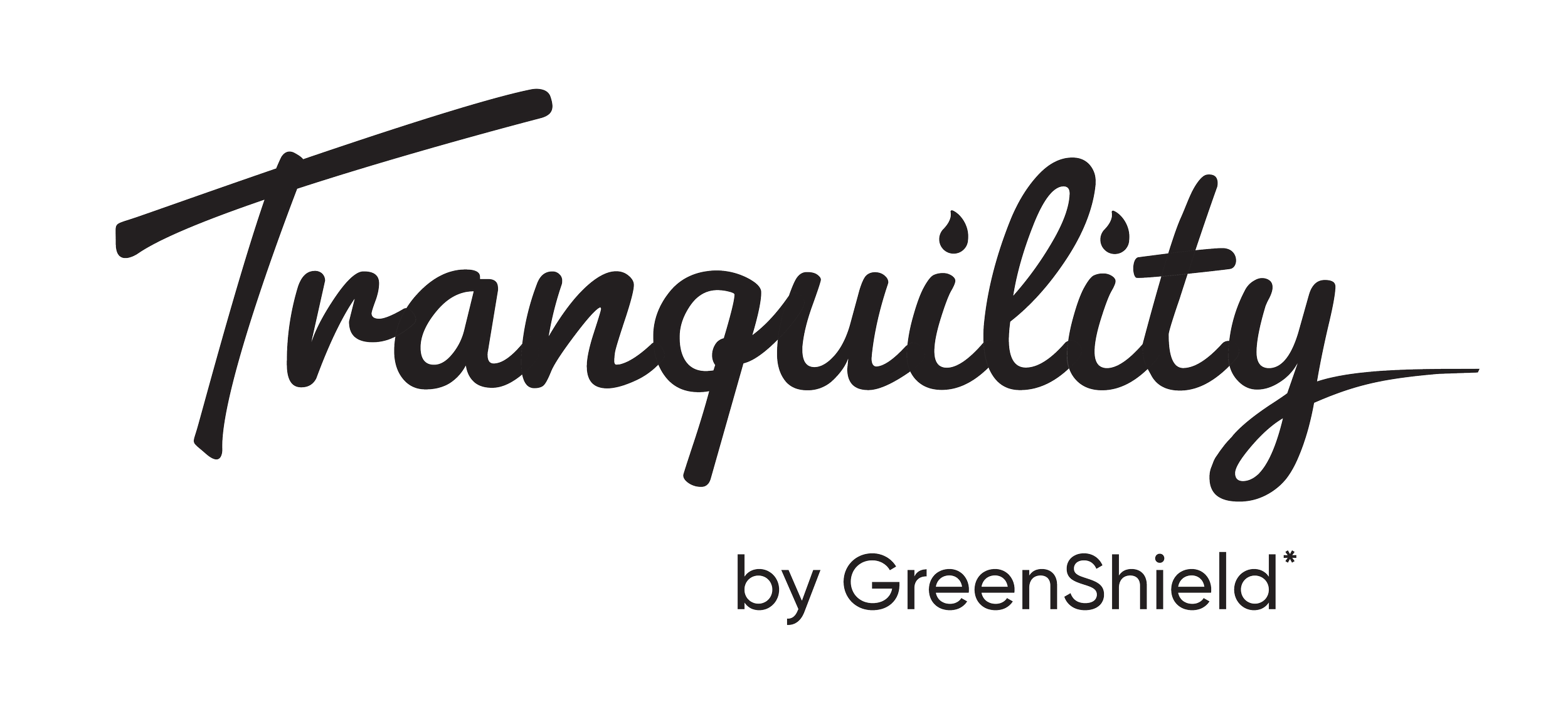What is High-Functioning Anxiety?
While the term “high-functioning” as it relates to anxiety disorders - especially generalized anxiety disorder (GAD) - is not an official diagnosis. It is something many people who struggle with anxiety identify with.
Someone with high functioning anxiety may be the picture of success - arriving early to work, impeccably dressed, peers and colleagues may know you as driven in your work, or you’ve never missed a deadline. But the reality is, you’re fighting a constant churn of anxiety. It may be nervous energy, fear of failure, and fear of disappointing others that have driven your success.
As much as those who experience these symptoms would like to be able to turn it off or put it on pause, they can’t. Most days, these thoughts turn into worries and their worries consume their thoughts.
This may cause you to overthink scenarios in your head, creating “what if” scenarios of things that may go wrong or could go wrong.
For people identifying with “high-functioning anxiety,” this internal turmoil is often hidden by smiles and laughs, success and achievements and a dose of extroversion. Ironically, this nervous energy is typically what keeps individuals with high-function anxiety moving forward.
Often times, it is their anxiety that pushes them to do more, achieves more, and “do” better - this is the face of “high-functioning” anxiety.
Feeling anxious right now? See where you fall on the anxiety scale with this quiz.
Research shows that people with an anxiety disorder perceive the world in a fundamentally different way. Those diagnosed with GAD, experience anxiety and worry, often expecting the worst even when there is no apparent reason for concern.
The constant mental exhaustion constantly weighs the mind of an individual struggling with anxiety because their thoughts never stop. These intense feelings of worry require a lot of energy to battle the thoughts of what could go wrong, has gone wrong, or may go wrong. If this persists long enough, it can often lead to “burnout”.
This continuous loop of stress and overthinking of “worst case scenarios” is often magnified as those who have not experienced anxiety find this way of thinking to be irrational, illogical, emotional or “crazy”.
A person with high-functioning anxiety can appear as though they are in control and actively engaged in the daily tasks of life, but underneath this confident exterior, they are struggling to make it through the day.
Thankfully, there are ways to treat and manage high-functioning anxiety. This includes Cognitive Behavioural Therapy (CBT), coping strategies, and alternative methods such as meditation, acupuncture, mindfulness and yoga.
CBT is the most researched and effective form of therapy used to manage and treat anxiety. With online platforms that incorporate CBT, such as Tranquility Online, individuals will learn how to manage and treat their anxiety whenever and wherever they are.
Tranquility Online provides you with online modules that will guide you through Cognitive Behavioural Therapy, a personal coach to help you complete the program as well as guide you through activities and tools that will help you in your day-to-day life.
New technology has made Cognitive Behavioural Therapy more accessible. More mental health practitioners are encouraging individuals with anxiety to incorporate online tools and platforms outside of their therapy sessions. This allows individuals to practice breathing techniques and other activities whenever their anxiety may arise - resulting in a more positive outcome than traditional therapy.
To learn more about how Tranquility Online, visit here.

